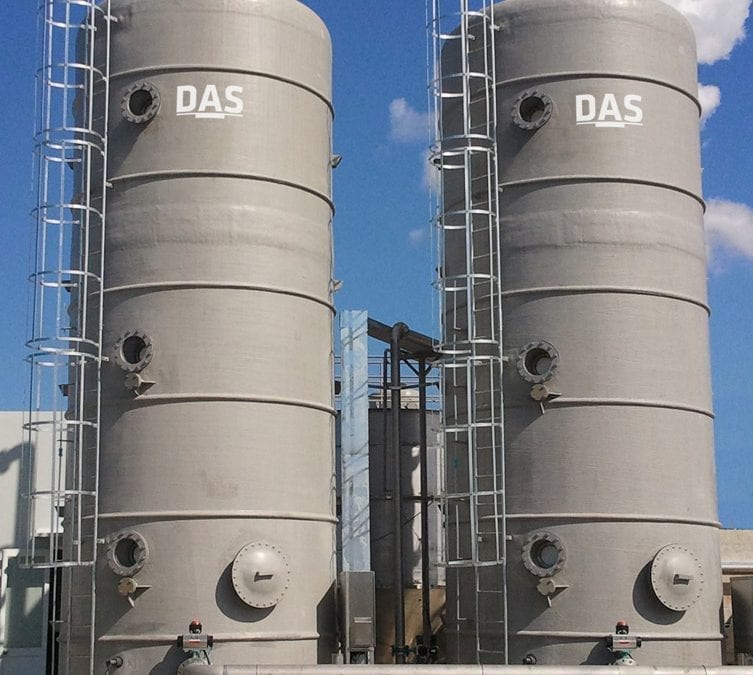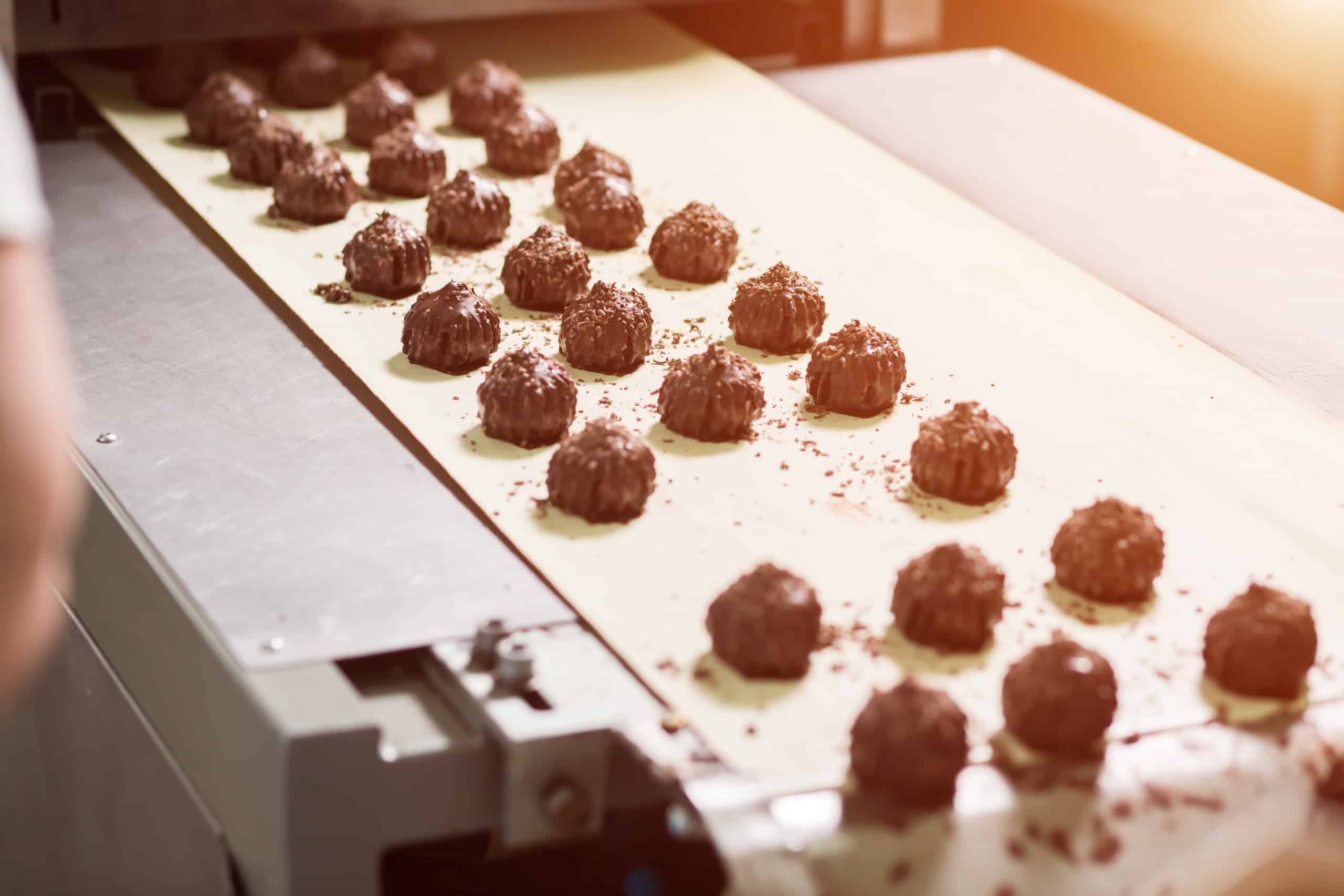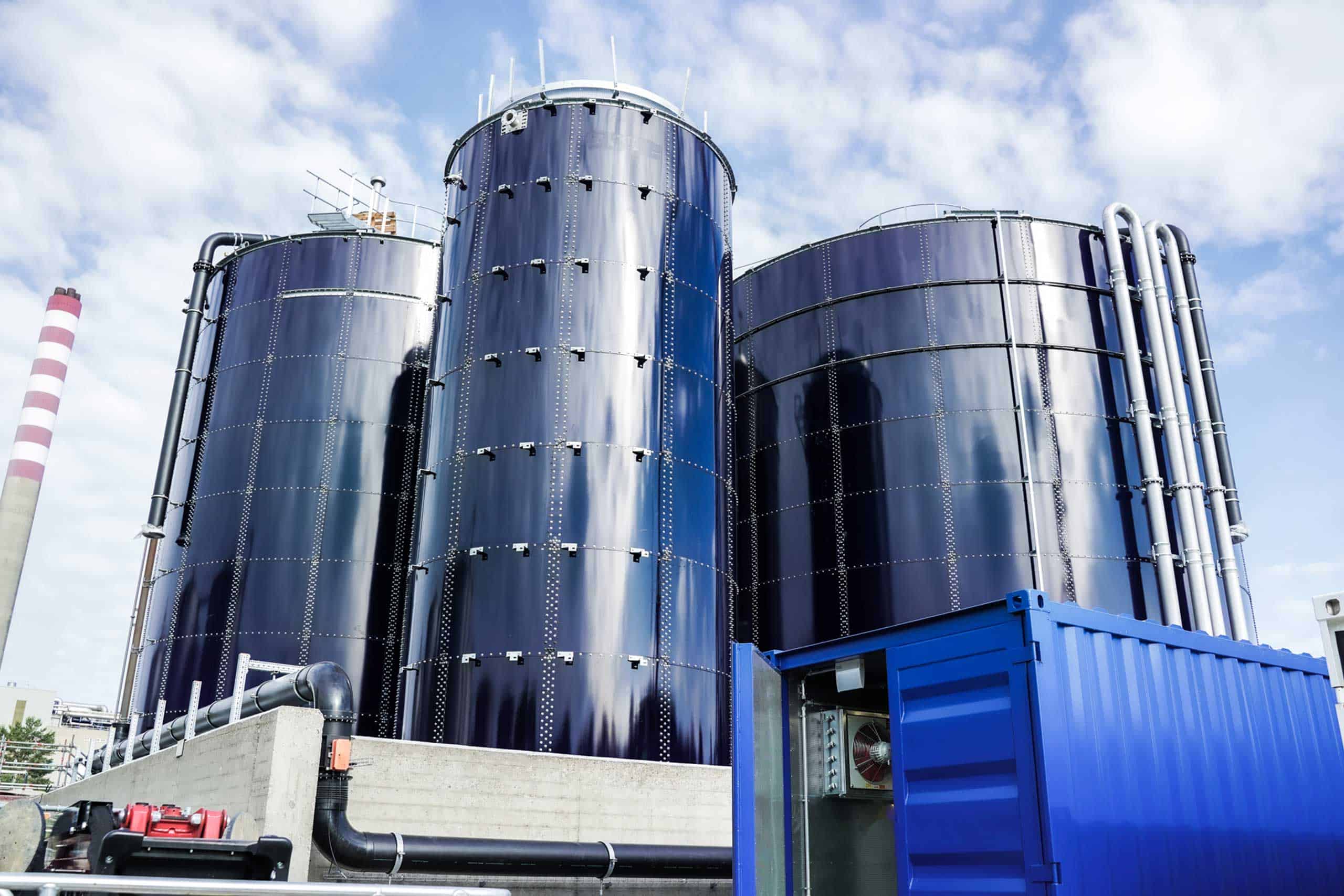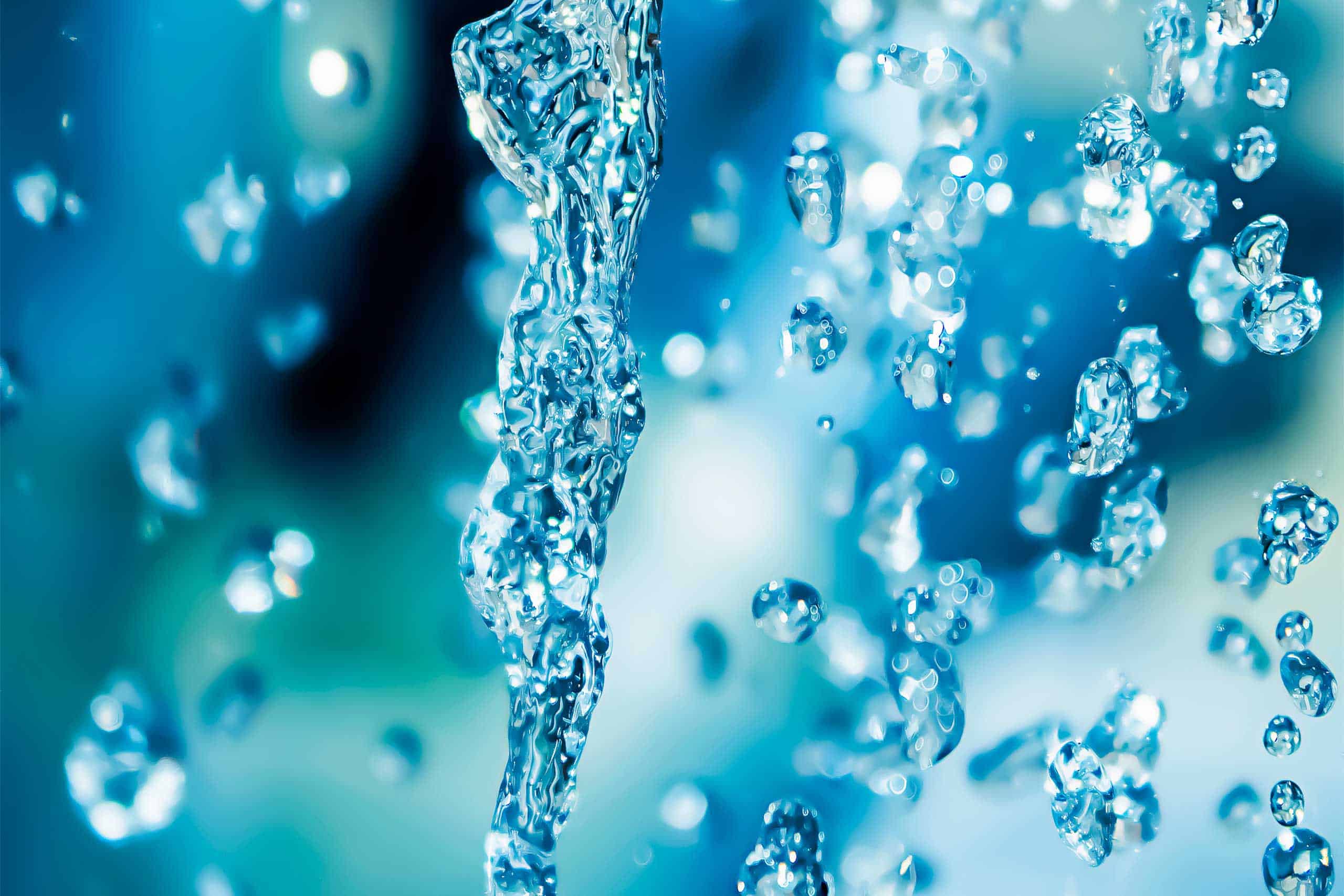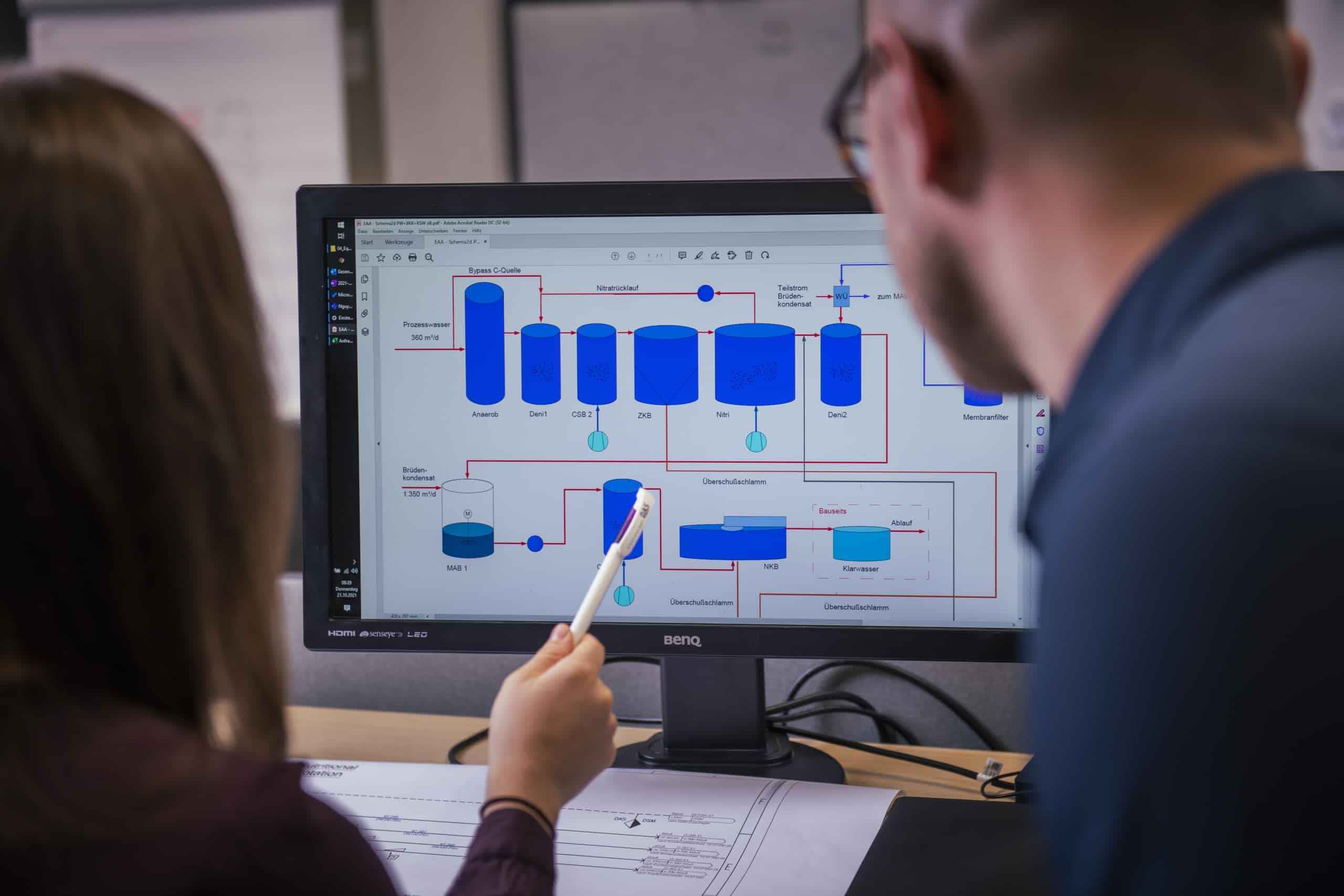From Manufacturing to Wastewater Treatment to the River
More and more users from the food industry as well as manufacturers of wastewater treatment plants rely on the advantages of sustainably designed wastewater treatment concepts. The TFR technology offers many advantages. The wastewater treatment plant at Fromageries Bel in the south of Vietnam is a good example to describe this process in more detail.
The demand for energy efficiency, high cleaning quality in wastewater treatment and reuse of water is no longer just a topic for arid regions. In many industries, there is a high product specific wastewater amount, which represents a significant share of operation costs through fresh water consumption in production and energy costs in wastewater treatment.
Effluents from Food Operations and Direct Discharge – One of the main targets regarding the treatment quality of a TFR bioreactor is to process the water until it is ready for direct discharge into water bodies or for internal reuse as service water.
Most wastewaters contain organic compounds that are non-toxic but cause increased levels of oxygenation in the water bodies. Often, the COD or BOD concentration is so high that a pre-treatment of the wastewater is necessary before discharge into the municipal sewage treatment plant. In order to analyze the best scenario regarding operation costs it is helpful to compare the treatment costs of the public sewage plant with an own treatment. In many cases, aerobic biological processes are the most favorable treatment for the wide range of wastewater from industry, agriculture and waste management.
The oxygen required for biodegradation is introduced into the corresponding treatment with blowers, compressors or surface aerators.
Energy Saving at Wastewater Treatment
The TFR technology from DAS Environmental Expert is an energy-saving system as it requires low constant aeration. During the first step in wastewater treatment, solids are mechanically separated in a screening process. In order to create an even wastewater flow, wastewaters are collected in a large container, from where they are released into the system’s cores, two TFR bioreactors, or trickle-flow bioreactors that operate on a patented principle: It uses a very light, small-grain carrier material covered with a highly active mixed population of bacteria that is adapted to their respective conditions. The constant inflow of wastewater that trickles down over the bed is aerated by ambient air that is supplied by a ventilator and flows in the opposite direction. This aerobic process biologically degrades organic loads.
The process works very reliably and offers not only a comparatively minimal amount of operating costs, but also decisive advantages. The wastewater treatment plant, which was built at the end of 2010 for a production site of the well-known French Fromageries Bel in the south of Vietnam by DAS, is a suitable example to describe this process in more detail.
Cheese Spread for Vietnam
The Fromageries Bel founded in 1865 has remained a family business until today selling their products in more than 120 countries. The Groupe Bel employs more than 11,000 employees at its 30 subsidiaries worldwide. The Vietnam location produces processed cheese and cheese spreads. In order to meet Vietnamese environmental regulations, Bel wanted to install its own wastewater treatment system on its premises and therefore contacted DAS.
The Bel experts were very well informed”, says René Reichardt, General Manager at DAS. “They had already visited a reference plant in Germany and had spoken to representatives of Cooperativa Nacional de Productores de Leche (Conaprole), in Montevideo, Uruguay, about their experiences with DAS equipment.” Conaprole is the largest dairy producer in South America, which, at its Montevideo location alone, treats more than 2,000 cubic meter water a day and and does so counting also on technology from Dresden. “Bel invited us to present DAS solutions to its management in Paris,” says René Reichardt, “and we closed the contract relatively soon afterwards.”
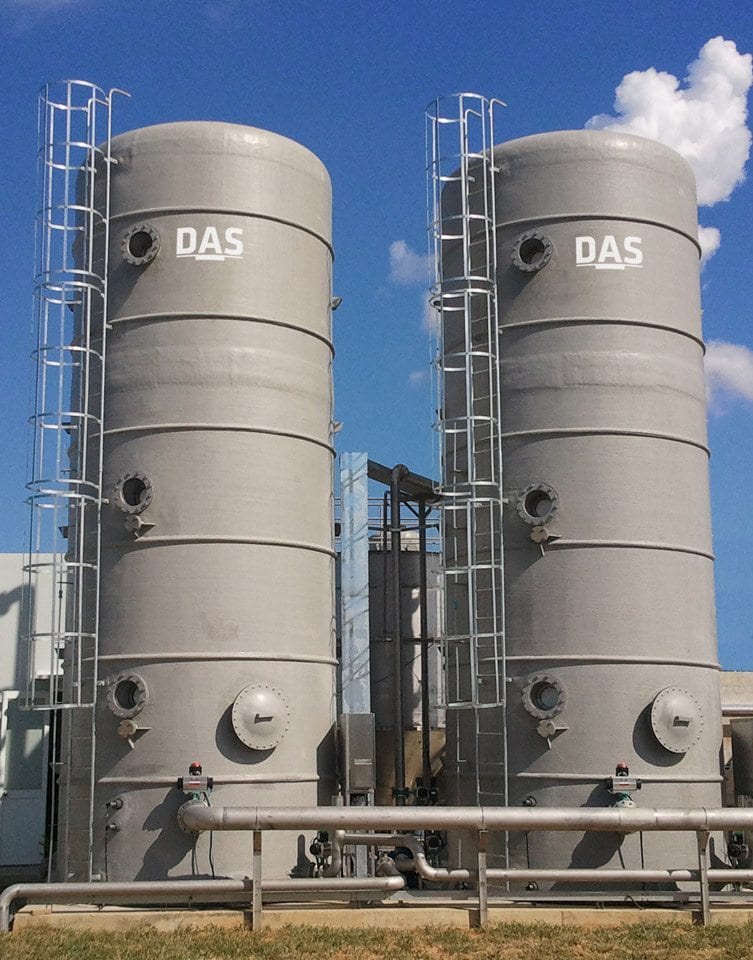
DAS Technology Meets Strict Regulations Set Forth by the Vietnamese Government
Wastewater temperatures are between 28 and 38 °C which is in favor of the biological process. The reduced oxygen solubility under these circumstances poses no problem for the process principle described.
Over the entire first year of operation, the limit for organic load was clearly below 100 mg / l COD + BOD and was within the required range even at increased COD inlet concentrations of 2,700 mg / l. The rate of degradation of the plant is thus stable between 95 and 98%. The limit value for total nitrogen is 30 mg / l and is also kept stable.
The plant manager is very satisfied with the wastewater treatment concept of DAS. “The installation and set-up of the system went smoothly and as scheduled. We at Bel Viet Nam are very satisfied with the performance of the wastewater treatment. In addition to the good wastewater values, the system produces very little sludge and works odorless. “says Francois Pons.
Set-Up and System Optimization
During the first step in wastewater treatment, solids are mechanically separated in a screening process. In order to create an even wastewater flow, wastewaters are collected in a large container, from where they are released into the system’s cores, two TFR bioreactors, or trickle-flow bioreactors that operate on a patented principle. This aerobic process biologically degrades organic loads.
The following, combined biological and physical-chemical treatment removes phosphates and nitrogen; the sludge is removed and drained. The remaining clear water is disinfected and discharged into the recipient. For the maintenance of the system the customer is supported from Germany with an equipment monitoring system, which remotely controls the operation of the treatment technology.
Wastewater Reuse as Service Water
By meeting the requirements for direct discharge with a minimum of operation and maintenance effort, DAS’s TFR technology represents a modern process for the partial or complete treatment of industrial wastewater.
If necessary, the quality of the treated wastewater can meet the requirements for reuse as process water. After disinfection, there is the possibility to use it as service water, e.g. for the cleaning of floors and vehicles as well as for the irrigation of green areas. Both medium-sized and larger companies now have the opportunity to enforce higher environmental and energy standards and at the same time save disposal costs.
